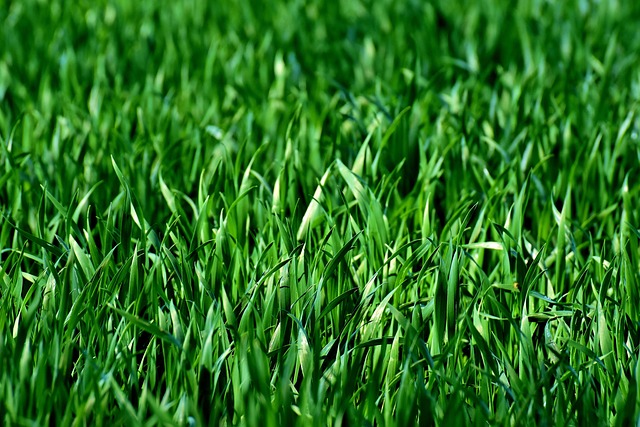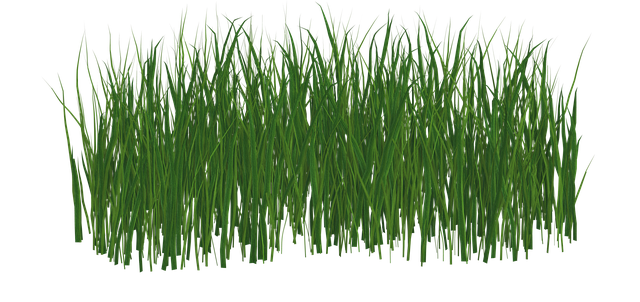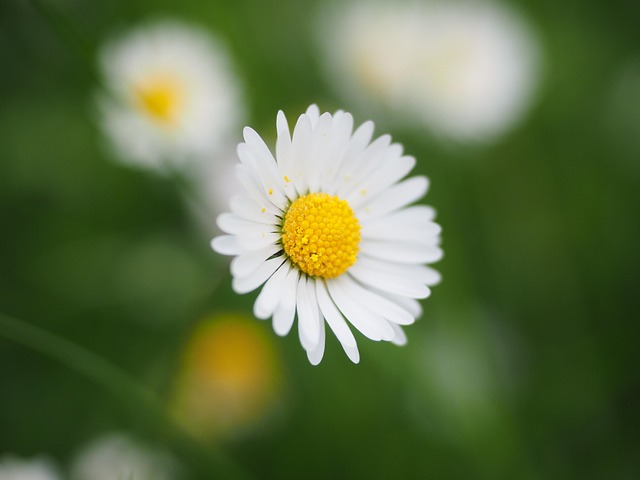Understanding common lawn fungus types like Rhizopus, Fusarium, and Aspergillus in Colorado Springs is crucial for effective lawn care. Identifying symptoms such as discolored patches, mold growth, and powdery mildew allows for targeted actions including preventive measures, fungicidal treatments, and adjustments to lawn care practices. Regular visual checks, proper watering, balanced lawn health, adequate drainage, and soil aeration are key to managing lawn fungus in this region's unique climate.
In Colorado Springs, recognizing common lawn fungus types is crucial for maintaining a healthy, vibrant yard. This comprehensive guide delves into identifying specific fungal infections that plague local lawns and explores their symptoms and impacts. We equip homeowners with effective strategies for prevention and treatment, empowering them to navigate the challenges of lawn fungus in Colorado Springs. By understanding these issues, you’ll foster a robust and lush landscape.
- Recognizing Common Lawn Fungus Types in Colorado Springs
- Symptoms of Lawn Fungal Infections and Their Impact
- Effective Strategies for Preventing and Treating Lawn Fungus
Recognizing Common Lawn Fungus Types in Colorado Springs

In Colorado Springs, recognizing common lawn fungus types is crucial for effective maintenance and treatment. Some of the most prevalent fungi include Rhizopus, Fusarium, and Aspergillus. These fungi often manifest as patches of discolored grass, moldy growth, or fuzzy textures on your lawn. Identifying specific fungus types can help in selecting the right course of action, whether it’s preventive measures, fungicidal applications, or changes in lawn care practices.
For instance, Rhizopus is known for causing brown patch, a common issue in warm, moist conditions. Fusarium, on the other hand, may lead to fusarium patch, characterized by circular patches of dead grass with reddish-brown edges. Understanding these patterns can assist professionals and homeowners in addressing lawn health concerns promptly, ensuring a lush and vibrant lawn throughout the year in Colorado Springs’ unique climate.
Symptoms of Lawn Fungal Infections and Their Impact

Lawn fungal infections can present a range of symptoms, often indicating a decline in turf health. In Colorado Springs, identifying lawn fungus is crucial as it can significantly impact your lawn’s overall condition and appearance. One of the most noticeable signs is patchy or irregular yellowing and browning of grass, which may appear as small spots or larger areas of dead grass. This discoloration is often accompanied by thinning turf, where the grass becomes sparse and weak.
Fungal infections can also cause the formation of white, powdery substances on leaves and stems, a symptom known as powdery mildew. Additionally, you might observe that affected grasses feel soft to the touch or become brittle. These issues can lead to reduced lawn density, making it more susceptible to pest infestations and further damage. Prompt identification is essential in managing these infections effectively, ensuring your Colorado Springs lawn remains lush, vibrant, and healthy.
Effective Strategies for Preventing and Treating Lawn Fungus

In Colorado Springs, identifying lawn fungus is a common concern for homeowners. The first step in preventing and treating lawn fungus involves understanding its various forms, such as brown patch, dollar spot, and fusarium patch. These fungi thrive in specific conditions, including warm, humid weather and overwatered lawns. Regularly checking your lawn for signs like discolored patches, thin grass, or powdery residue can help you catch the issue early.
Effective treatment strategies include adjusting watering practices to promote better air circulation and reduce moisture, applying fungicides specifically designed for the identified type of fungus, and improving overall lawn health through balanced fertilization and proper mowing heights. Additionally, ensuring proper drainage and aeration can prevent fungal growth by minimizing waterlogging and compacted soil. Early intervention and a multi-faceted approach are key to maintaining a healthy lawn in Colorado Springs.
In identifying and addressing lawn fungus in Colorado Springs, proactive measures are key. By recognizing common fungal types and their symptoms, homeowners can take effective steps to prevent and treat infections early. Implementing sustainable strategies discussed in this article equips you with the knowledge to maintain a healthy, vibrant lawn year-round, ensuring your outdoor space remains a beautiful testament to your gardening efforts.
